Joe Wise x Amplified Interview
Amplified recently launched a collaboration with live music photographer Joe Wise. To celebrate this amazing partnership between one of the best live photographers in the industry - Joe Wise and the ONLY Music Inspired fashion brand - Amplified Clothing, we have given Gary from Team Amplified a day off, and regretfully, the company credit card. During a few drinks on us, Gary and Joe discussed Joe's career as a photographer, the legends he has met and his opinion on what makes a great live photographer.
G: In your career, you have captured many legendary faces, including Alice Cooper, The Stones, Elvis Costello, BB King, Peter Tosh and Gregory Isaacs. While your portfolio boasts big names in rock music, it mainly includes reggae and ska artists. Was that deliberate?
J: Yes, absolutely. The whole Rasta movement had exploded in the UK a few years beforehand and Reggae’s meaningful music and message really resonated with me. I was fortunate enough to have been able to document an important era of reggae history.
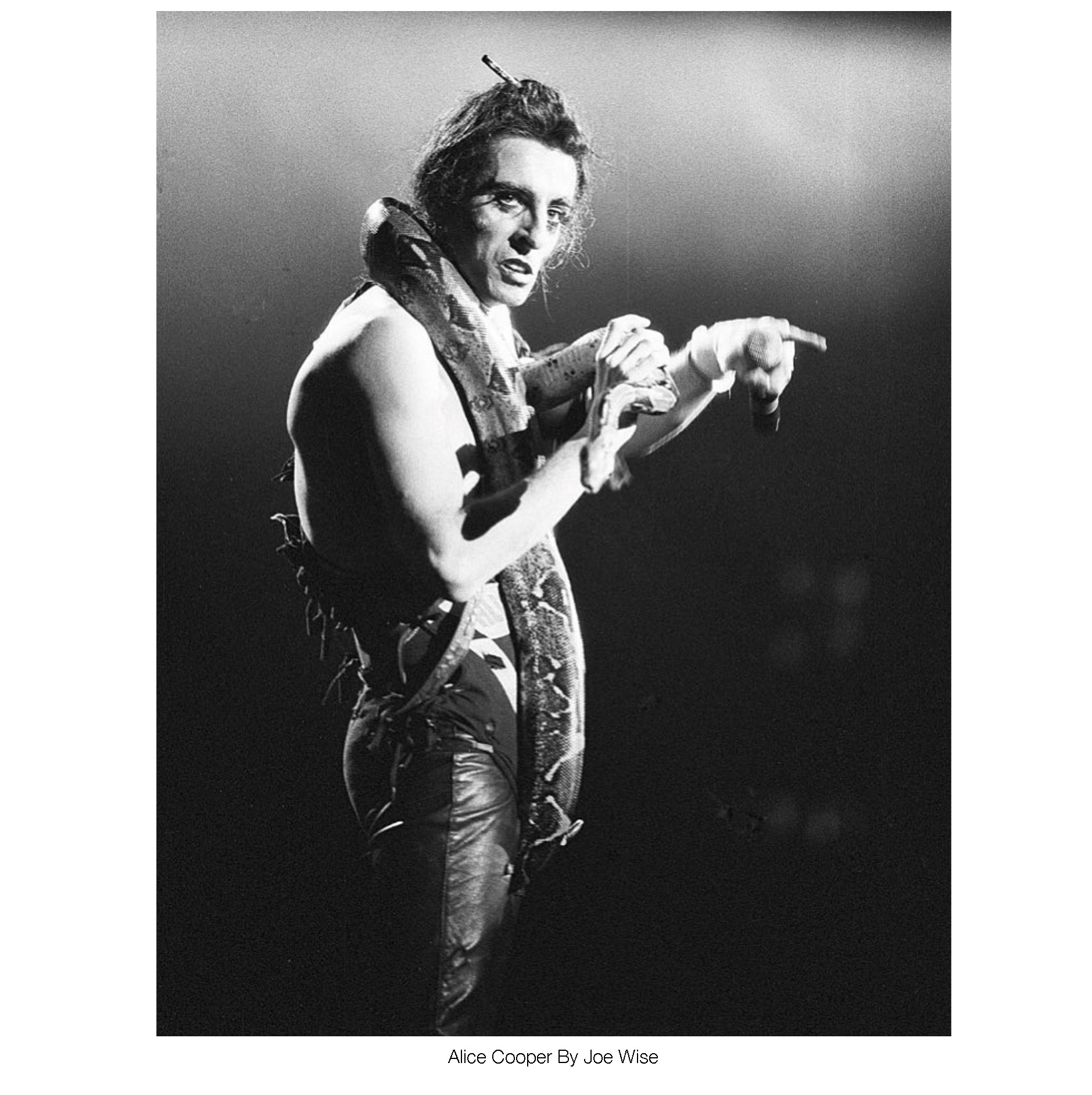 |
G: In contrast to Alice Cooper, Mick Jagger and BB King, many of today's bands have frontmen and women who simply stand in front of a mic and sing their set. I’m sure it’s safe to say Alice Cooper's performance is one of the most memorable spectacles?
J: For his showmanship - Definitely. He was certainly the pioneer and king of “shock-rock” in those days.
G: As with many other creative professions, it is assumed that photography is simple and doesn't require much skill or education - Just swing by Curry's, buy a Canon 2000D, or better yet, pull out your iPhone and point and shoot. Is there anything you need to learn in order to become a great photographer and what do you think is the most important thing?
J: I was primarily a live photographer and that’s all about being incredibly responsive to what’s happening on stage. Getting yourself in the right position, at the right moment to capture the magic and to try to reflect the style and energy of the artist or band performing on stage. A photo also needs to get you on an emotional level too. Mine of course, were taken in a pre-digital age. A photographer armed with a digital camera today can easily fire-off 1,000 frames at a gig – however; back then to save on printing costs, I’d try to keep it down to just 3 rolls of film!
G: A press pass today requires proof of where your shots from a gig, review, or interview will be published, as well as your viewership/readership. Was it the same in the 80s or was it a little more relaxed back then?
J: Everything was more relaxed back then. My first foray into the world of music photography began with an Ian Dury show at London’s Lyceum Theatre, December 1981. I then turned up at Brighton’s Top Rank in April 1982, again without any accreditation so, yes, I guess you could call that winging it. The headliners that night in Brighton were the Mighty Diamonds. When I walked in, unannounced with my pictures of the band, into the offices of Back Echoes, a weekly tabloid newspaper covering several genres of black music, particularly reggae, they were blown away and decided to put my shots on the cover and asked if I wanted to work for them as a freelancer. They looked after me and organised press passes but that wasn’t always the case and, on many occasions, especially at smaller venues, I had to fight my way to the front and accommodate a few elbows in the ribs.
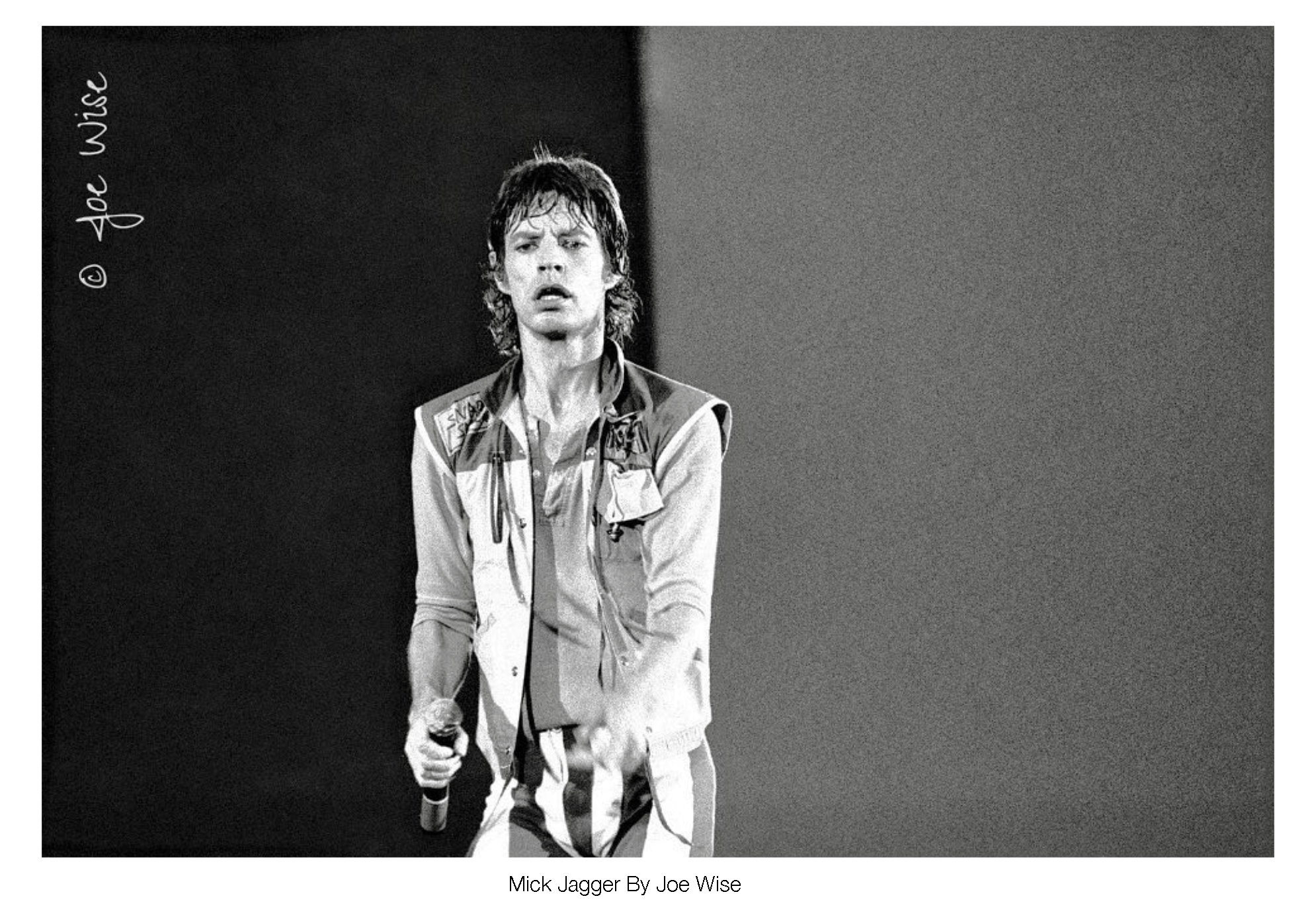 |
G: In your opinion, does the ease of access to media today, and how quickly one can capture a moment, help or hinder photographers?
J: I think it’s great that pretty much anyone now has the opportunity to photograph anything at a moment’s notice. Look at the camera technology on smartphones today, it’s mind-blowing and even if those pictures only end up on social media, it’s still a positive thing. Instagram is also a very useful platform and tool to promote any photographer’s work and to be able to expose those photographs to a global audience. So the whole Social Media thing, overall is positive in so many ways.
G: Your musical heroes have probably been a part of your backstage experience at some point. It is said that you should never meet your heroes - Which one of those huge names helped you dispel that theory?
J: I have been fortunate enough to meet many of my musical heroes including legends, such as McCartney and Jagger. Nothing, however, compares to an encounter I had with Bob Marley in 1980. He was in London promoting his Survival album on David Rodigan’s Capital Radio show. I couldn’t believe my luck when he appeared through the glass revolving doors at the front of the building after his interview. I was 19 at the time and managed to pluck up the courage to approach him. While shaking his hand, my hand literally shook with electricity – It was a spiritual thing! He then invited my friend and I to his hotel, The Kensington Hilton along with his entourage. We couldn’t believe it. We were bouncing around the corridors behind him before he showed us how to make a water pipe in his room! We talked about football and music before watching Match of the Day together. The room began to fill up quickly to the point that it was basically bursting at the seams with Rastafarians. It was certainly a surreal moment and one I will never forget.
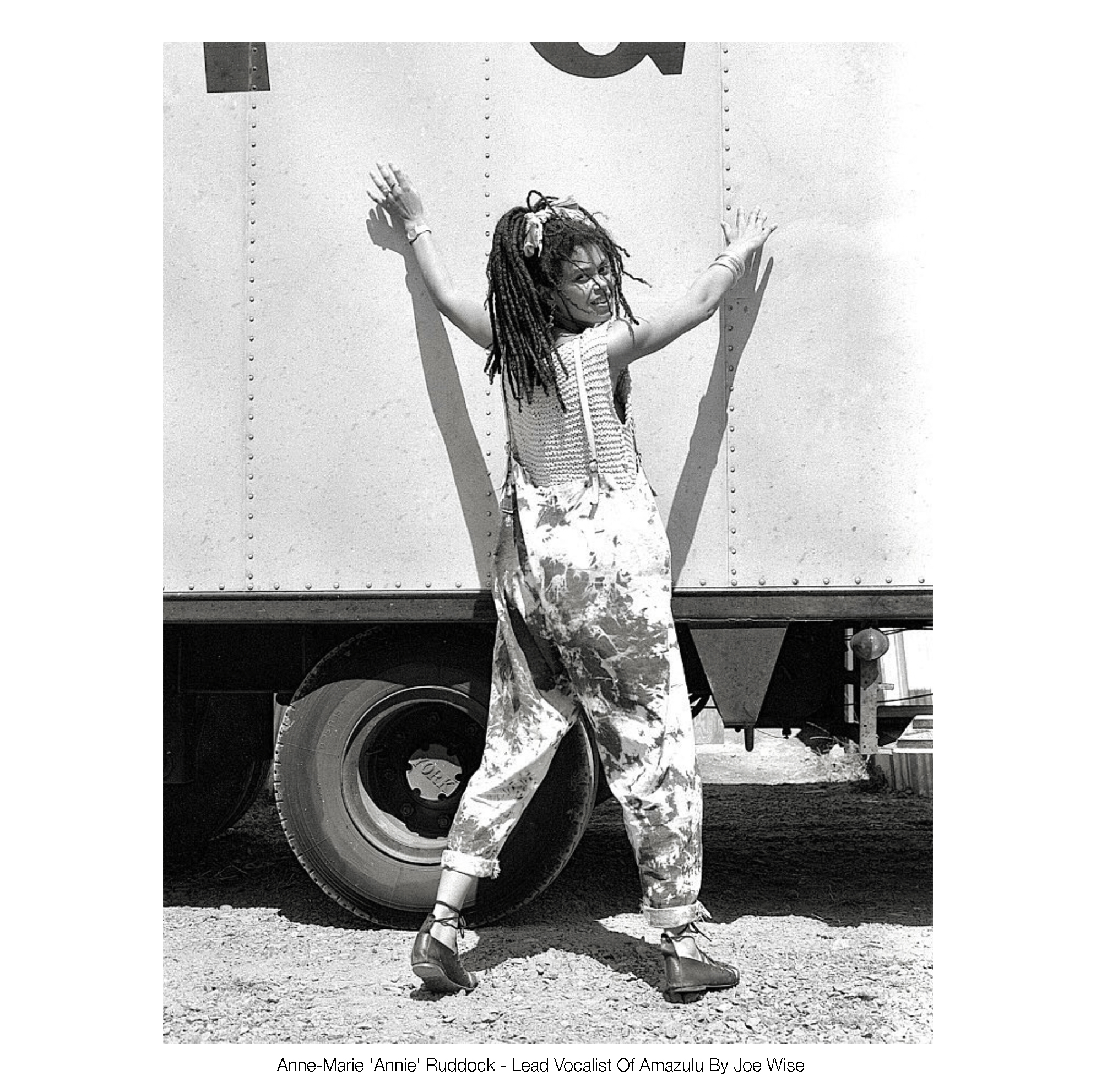 |
G: Through the years, there have been many talented photographers focusing on music. Among the names that come to mind are Mick Rock, Ross Halfin, and Pennie Smith. In the past, many bands and artists have remained loyal to certain photographers and used them exclusively for press releases, album covers, and touring - What quality, besides the work, makes them keep using the same photographer?
J: It’s a question of trust and feeling comfortable with a photographer. If you can get that right early on with an artist, they will stick by you and in turn, you’ll get the best out of them.
G: It's no secret that you have many stories to tell - what was your most memorable photo pit experience?
J: I went to Rotterdam in 1982 to shoot the Rolling Stones on their Tattoo You tour. Only official photographers were allowed to shoot and it was only for the first fifteen minutes of the set! That’s a long way to go for fifteen minutes! But I was lucky enough to be able shoot them live, twice that year.
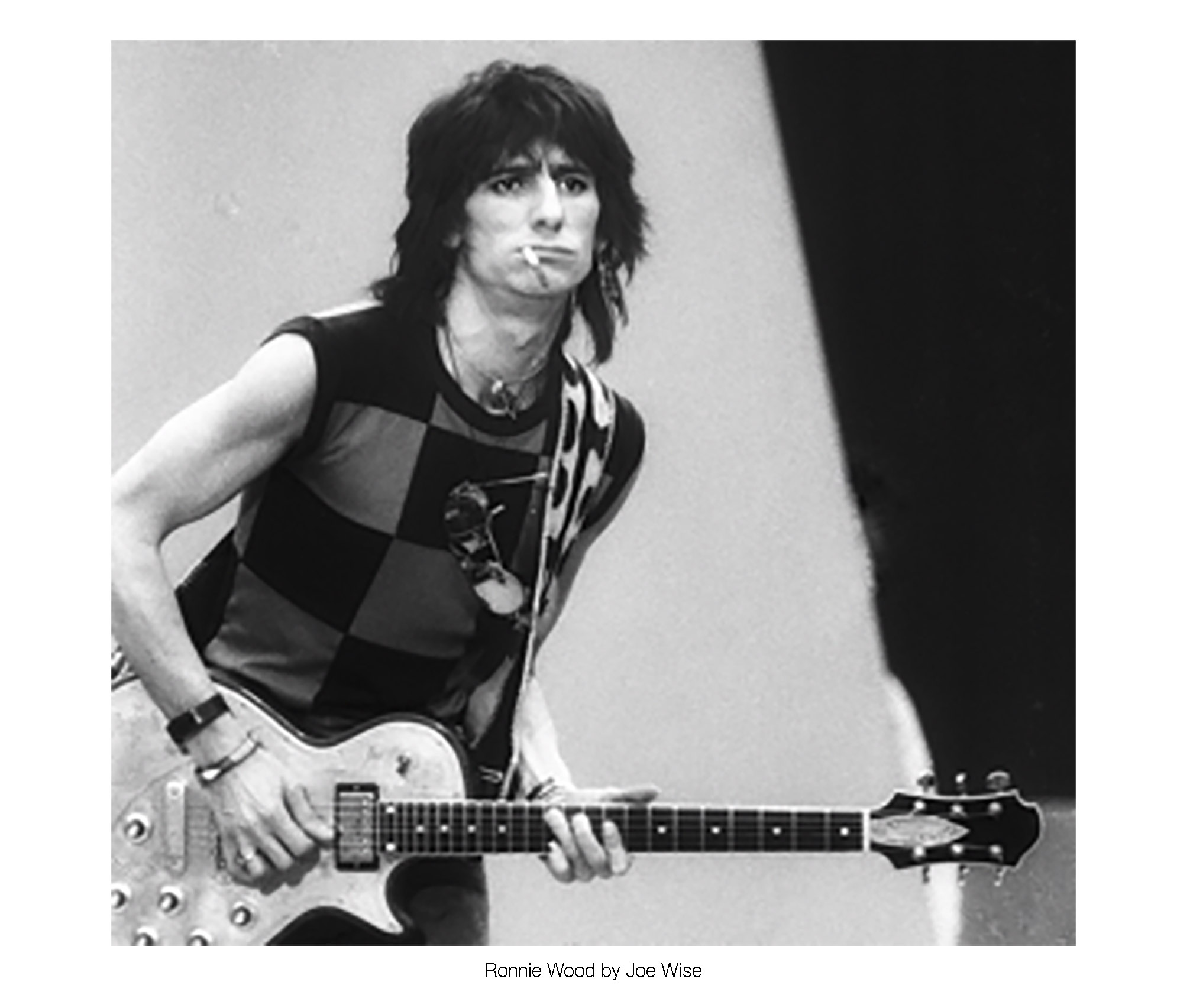 |
G: Our first Joe Wise x Amplified capsule features a beautiful photo of Michael and Emily Eavis. The way you captured that moment in time and the fact that your subjects are responsible for one of the most famous festivals in the world gives that picture the makings of an iconic image. Glastonbury had its ups and downs, but it wasn't until the early 2000s that it truly began to grow into the monster it is today. Did you ever imagine that the dairy farmer in that pic and his little girl would build something as massive and unique as Glastonbury while you were taking that shot?
J: In 1982, I was hanging out backstage when I noticed Festival organiser Michael Eavis – He is so recognizable even back then, merrily mucking about with his daughter, Emily. The shot was just a candid spur of the moment kind of thing, and to answer your question, No I didn’t think at the time what a monster and ‘mother’ of all festivals Glastonbury would become. There was no fence back in those days, a 3-day ticket cost £13 and the site had a maximum capacity of 35,000. How times have changed!
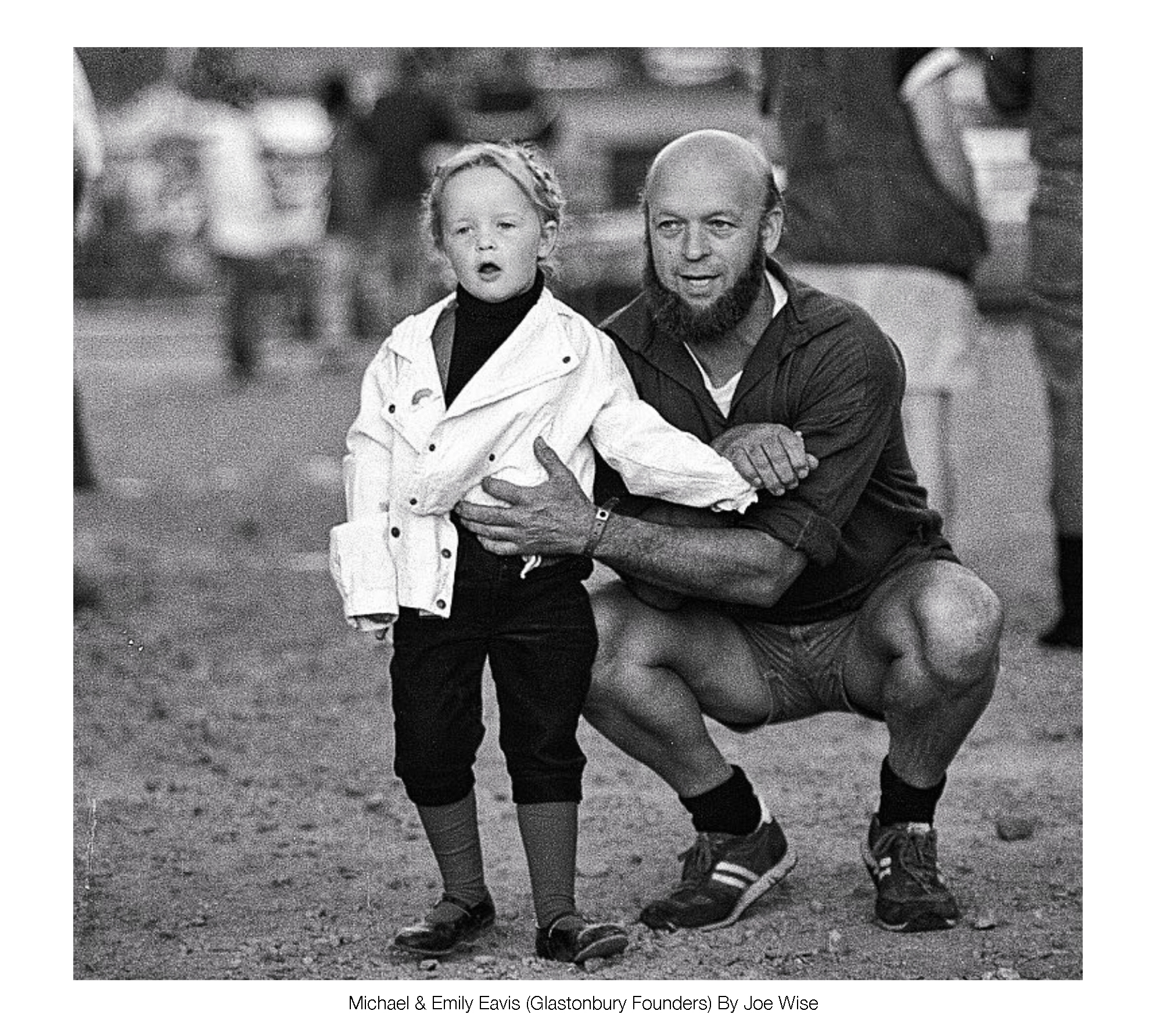 |
G: When you took that picture, how different was Glastonbury from how it is today?
J: Glastonbury always had that ‘special’ vibe from day one. If you combine that with the area’s history (Glastonbury Tor, and the whole medieval mythology thing) fundamentally that vibe hasn’t changed. It was and will always be totally unique.
G: The first thing people think of when you mention reggae is usually Bob Marley. Do you believe someone else merits the same acclaim and respect as him?
J: My list of reggae musicians who deserve the same acclaim as Marley is as long as my arm.
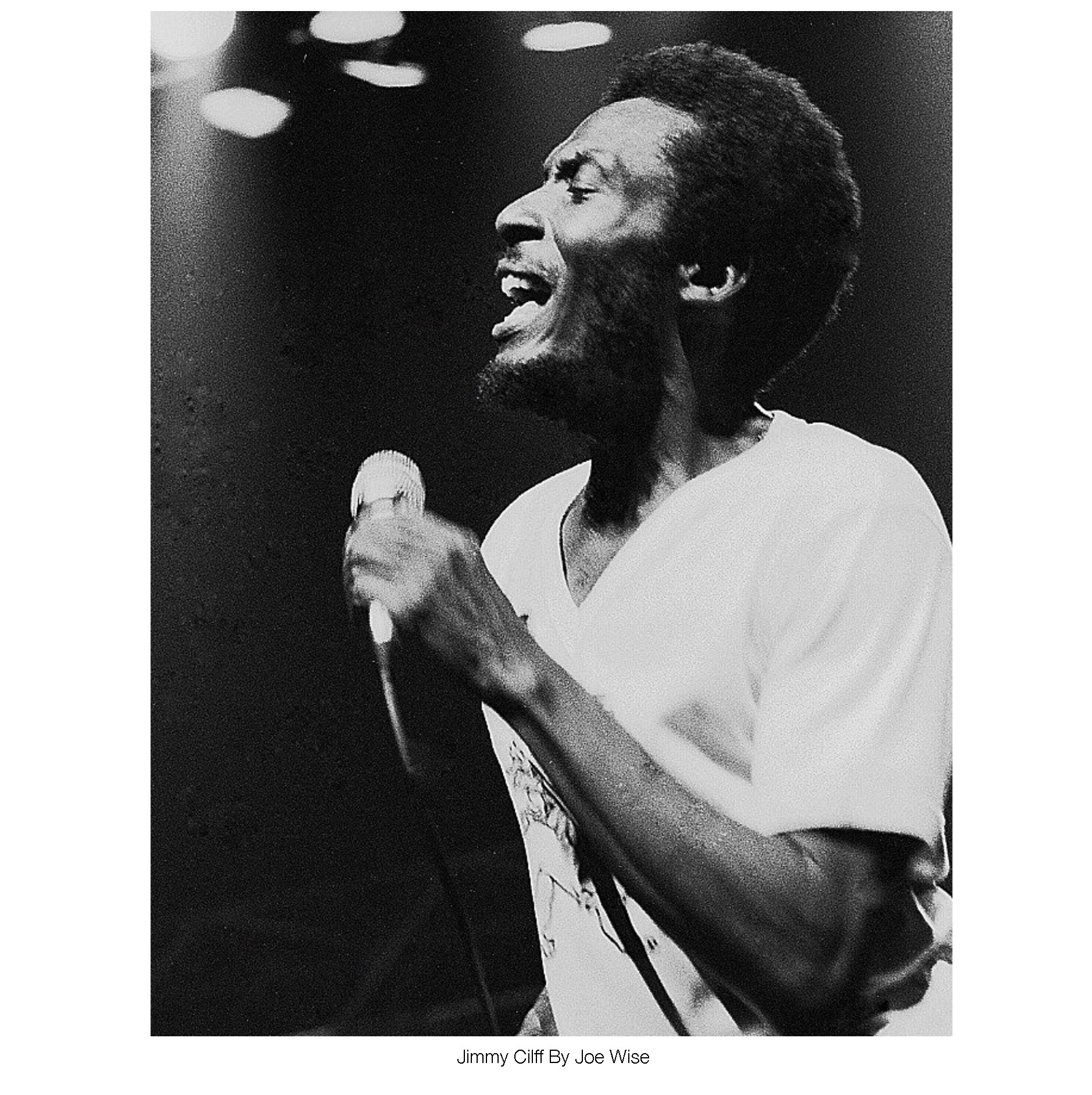 |
G: Hit us with that list then.
J: *Takes a sip of his drink* Right, here Goes; Peter Tosh, Burning Spear, Jimmy Cliff, Gregory Issacs and Black Uhuru are the subjects of some my favourite photos I have taken, and they are pretty much the ones I would pick as my true reggae legends. Chris Blackwell – Founder of Island Records, opened the doors to a worldwide audience with the amazing music of Bob Marley & the Wailers. All these exceptional reggae artists had an incredible stage presence and I think I managed to capture that to some extent. I was lucky enough to be there to document an important era of reggae history. These guys were also hard-core Rastafarians and their music carried a militant, anti-establishment message!
We appreciate Joe's time and the large bar tab. To purchase your favourite Joe Wise shot on our recognisable raw edge band tee with that wonderful soft feel, be sure to visit our Joe Wise + Amplified category on amplifiedclothing.com.
Be Sure to follow Joe on Instagram

